If you've been reading our blog diligently, you're already a professional at making fermented tea drinks and it's time for the sparkling refinement: the second fermentation . An unexpected variety, combinations according to your taste and additional ingredients for your delicious kombucha are waiting for you here.
What happens in the second fermentation?
After its first fermentation, the kombucha is rich in all valuable nutrients. As usual, the popular tea drink gives you a kick for your body that is rich in vital substances. Drinking a glass of kombucha daily detoxifies your liver, improves your digestion and thus your immune system , increases your energy, brightens your mood and helps you lose weight. If you suffer from acne, hair loss, eczema and arthritis, kombucha can help bring them back into balance.
The first fermentation is carried out aerobically, ie with a supply of oxygen, while the second fermentation takes place anaerobically, ie in closed vessels without a supply of oxygen. These are sealed airtight and stored at room temperature . The numerous microorganisms stop the fermentation by depriving them of oxygen. The anaerobic yeasts break down the residual sugar and the fructose of the added fruit. The resulting carbon dioxide can no longer escape and accumulates in the kombucha (carbonization). During this time, the kombucha takes on the color and taste of the added fruit. The second fermentation also prevents the kombucha from becoming too acidic.
It's important that you wait until the secondary fermentation before adding any special ingredients that change the kombucha flavor. Otherwise, these could disturb the symbiosis of bacteria and yeasts and your kombucha cannot develop the quality that it should actually have.
The second fermentation is mainly used to fine-tune the taste. By adding fruits, juices, herbs or dried fruits you spice up your kombucha and you will be rewarded with a special fruity aroma and other valuable nutrients.

What do I need for the second fermentation?
First of all, you can ferment your kombucha yourself at home according to these instructions or you can buy ready-made kombucha, such as our Kombucha Original .
Depending on how many different flavors you want to ferment, you can prepare several bottles of 200 to 750 ml . Now there are no limits to your urge to try. What are your favorite fruits? Which herbs or even flowers have you always wanted to combine with the fruits? Below are some recipes to inspire you.
It is best to leave enough space up to the lid when bottling the original Kombucha . You can fill up the remaining space with juices, herbs, blossoms or fruit . The lid must then be closed airtight . At room temperature the kombucha can ferment for 2 to 3 days . It is important to carefully unscrew the cap once a day to release the pressure. After the second fermentation, you can filter the added ingredients and store the kombucha in the bottles in the fridge. This stops further fermentation and the flavor and carbonation are retained for longer.
Tip: Please make sure that your bottles are not too thin-walled. Use sturdy bottles, because they have to withstand the formation of the carbon dioxide.
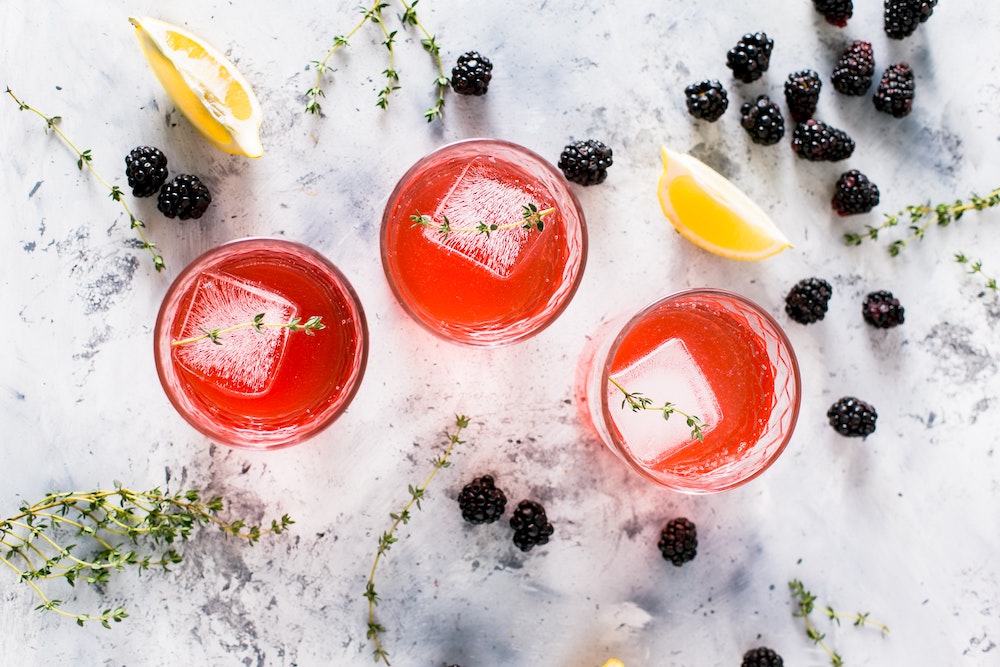
Fruit, herbs and spices for flavor and additional nutrients
By adding fruits, juices, herbs or dried fruits you determine your individual Kombucha taste. Here is a brief overview of possible ingredients.
-
Fresh fruits and berries: strawberry, orange, apple, watermelon, plum, pomegranate, lemon - whole, sliced or puree. Citrus fruits have a refreshing aroma and promote carbonation (carbonization).
-
Dried fruits: dates, figs, cranberries, mulberries, mango, goji berries, raisins, plums. Since dried fruit has a high sugar content, there is a greater formation of carbonic acid here.
-
Fresh herbs: basil, mint, rosemary, thyme, lemon verbena, sage. You can let the herbs ferment or boil them first and then add the cooled brew.
-
Spices: cinnamon, vanilla, coriander, cardamom, ginger, pepper, star anise
-
Blossoms: lavender, rose, daisy, elder (elderberry syrup), violet, cowslip, forget-me-not, hibiscus
-
Juices: Orange Juice, Apple Juice, Pomegranate Juice, Grapefruit Juice, Ginger Juice
-
Roots or fresh vegetables: ginger, turmeric, beetroot, cucumber
Tips: Less is often more. If you limit yourself to one to three ingredients, the aroma will be all the more pronounced. Remember that the yeasts need sugar for the secondary fermentation. If you prefer a combination without fruit, add 1 to 2 tablespoons of coconut blossom syrup or similar.
INJECT_FEATURED_PRODUCT
Our kombucha varieties
All our Kombucha varieties are made from organic ingredients from controlled organic cultivation. In addition to the Kombucha Original and Mate from the first fermentation, we also offer three varieties refined with fruit juices.
Our ingredients at a glance:
Tea infusion (filtered water, southern Chinese Sencha green tea, Indian FOP black tea), kombucha cultures (yeast and bacterial cultures), raw cane sugar, ginger juice 2.5%, currant juice 1%, passion fruit juice 2%, mate tea 1%, carbon dioxide
The juices for the secondary fermentation are 100% gently pressed and naturally cloudy mother juice . From a nutritional point of view, mother juice is the most valuable type of juice. Because the juice comes from the first pressing of the fruit and still contains all cloudy substances. These are the smallest particles from the pulp or the peel that contain many health-promoting plant substances .
Power fruits and their effect on your well-being
Ginger: The plant fibers of ginger are rich in vitamin C, trace elements, especially magnesium, iron, calcium, potassium, sodium and phosphorus, as well as antioxidants, which are considered to be particularly health-promoting and have a significantly positive effect on the aging process of cells and the entire organism should. The tuber can promote digestion, effectively stimulate metabolic processes and fat burning and immediately relieve acute stomach problems, such as nausea when travelling. Ginger also has anti-inflammatory, antibacterial, blood circulation-enhancing and cleansing effects. This makes ginger a popular remedy for colds or flu infections, for example as freshly brewed tea or as ginger water.
Maracuja: Maracujas, not to be confused with passion fruit, contain vitamin C. Their ingredients also include the B vitamins niacin and riboflavin. Riboflavin plays a role in energy and protein metabolism. There are many unsaturated fatty acids in passion fruit seeds, which is why passion fruit oil is often used in cosmetics.
Currant: Blackcurrant juice is an old home remedy for sore throat because it has antibacterial and anti-inflammatory properties. The berries contain three times as much vitamin C as a lemon. People with high blood pressure benefit from the plentiful potassium – more than twice as much as in apples. It flushes excess water out of the body and has an antihypertensive effect. The secondary plant substances in the berries have a circulation-enhancing and anti-inflammatory effect.
SPLITZUM SHOP, /collections/kombuchaENDSPLIT
Recipes for the second fermentation
Please note for each preparation: If many bubbles are visible in the bottle, the pressure should be carefully equalized. Preferably once a day.

Ginger Lemon Kombucha
What you need:
- 4 glass bottles of 200 ml each
- 8 slices of peeled ginger
- 3 bottles of KOMBUCHERY Original
- 30 ml freshly squeezed lemon juice
How to do it:
- Divide the kombucha between 4 bottles.
- Divide the peeled and washed ginger slices into the bottles.
- Pour equal amounts of lemon juice into the bottles
- Cap the bottles.
- Allow kombucha to ferment at room temperature for at least 3 days. Then put it in the fridge to stop the fermentation again.
Cranberry Ginger Kombucha
What you need:
- 500 ml finished kombucha
- 2 tablespoons cranberry juice
- 1 teaspoon grated ginger (if you don't like ginger that much, you can also use freshly squeezed orange juice)
How to do it:
- Pour 1 liter of fermented kombucha into a pressure-resistant swing top bottle.
- Add the ginger and cranberry juice. If you want a stronger cranberry flavor, you can double the amount of cranberry juice.
- Close and secure the cap on the bottle.
- Allow the drink to ferment at room temperature for 5 days, then place the bottles in the fridge.
What can the cranberry do for you: In addition to their versatility in the kitchen, the red cranberries are also considered miracle berries that are said to help against urinary tract infections in women. In addition, the berries have a draining effect and are said to help with weight loss . Cranberries also contain antioxidants and flavonoids, which support your immune system and can slow down the aging process.

Kombucha with flowers
What you need:
- 800 ml finished kombucha
- 1 small elderflower umbel
- 10 to 15 chamomile flowers
- 3 lavender flowers
- 3 rosebuds (dried, they have more aroma)
How to do it:
- Pour the kombucha into a flip-top bottle.
- Shake out all flowers to free them from pollen and small animals.
- Pluck off the small elderflower umbels.
- Separate the chamomile and lavender flowers from the stem just behind the flower heads.
- Put all the ingredients in the bottle.
- Cap the bottle and leave at room temperature for 1 to 3 days. In the meantime try it out.
- If the taste and carbon dioxide content are right, filter the ingredients and store the kombucha in the fridge.
What can the elderflower do for you: The flowers contain pectins, essential oil, vitamin C, vitamin A, B, tannins, the minerals iron and zinc, trace elements and active plant substances such as flavonoids. All these ingredients give the plant a diuretic and diaphoretic, laxative, anti-inflammatory and antiseptic effect . The antioxidants also contained in elderflowers ward off free radicals , neutralize them and protect the body from cell damage. Traditionally, elderflower has been used as a "detoxifier" to boost the immune system.

Minty Strawberry Kombucha
What you need:
- 800 ml finished kombucha
- 3 tbsp chopped strawberries
- 6 to 10 peppermint leaves (depending on desired intensity)
How to do it:
- Put the strawberry pieces and the mint leaves in the fermentation bottle.
- Close the bottle and let the mixture ferment at room temperature for 1 to 3 days.
- After one day you can already taste the drink. If the taste and fizz suit you, enjoy the drink straight away or keep it in the fridge.
What can the strawberry do for you: The vitamin C content is noticeably high. It is 60 mg per 100 g of weighed fruit. You can eat this amount quickly with only 6 to 7 fruits. In addition, strawberries are rich in antioxidants . The folic acid it contains is particularly good for pregnant women so that their child can develop. Instead of dietary supplements, 100 g of fruit can already contain 43 micrograms of folic acid. You can still eat the strawberry without hesitation even if you want to lose weight.
You can find more delicious recipes and book recommendations here on our blog.
SPLITZUM SHOP, /collections/kombuchaENDSPLIT
FAQ
How long does the kombucha keep after the second fermentation?
In principle, the filled kombucha cannot expire . It becomes more sour and tingly over time. It is best kept in the fridge at all times to stop the fermentation process.
What are the ingredients in kombucha?
- Bacterial and yeast strains: Acetobacter xylinum, Acetobacter oxydans, Gluconobacter oxydans, Gluconobacter xylinus, Saccharomyces apiculatus, Saccharomyces cerevisiae (baker's yeast), Saccharomyces ludwigii, Schizosaccharomyces pombe
- Vitamins: Vitamin B1, B2, B3, B6, B12, Vitamin C, Vitamin D, Vitamin E, Vitamin K, Folic Acid
- Organic acids: malic acid, succinic acid, acetic acid, folic acid, glucuronic acid, gluconic acid, malonic acid, lactic acid, dextrorotatory (L+) lactic acid, oxalic acid, usnic acid, citric acid
- Trace elements and minerals: iron, magnesium, sodium, potassium, calcium, cobalt, zinc
- Secondary plant substances: flavones, isoflavonoids, polyphenols
- Enzymes, amino acids and tannins: including 14 different amino acids
Does Kombucha contain alcohol?
All fermented beverages contain some percentage of alcohol. This is created during the fermentation process.
According to German food law, a drink can be described as "non-alcoholic" if it contains a maximum of 0.5% alcohol. Our Kombucha has an alcohol content of less than 0.5%. For comparison: Fruit juices can also have this alcohol content. Since our Kombucha is unpasteurized, the exact content can vary slightly depending on how it is stored.
Due to the low but still present alcohol content in Kombucha, pregnant and breastfeeding women should play it safe and not drink Kombucha. For the same reason, children should not take Kombucha too often every day. A quantity of up to 125 ml per day is recommended.
Good luck and good health!
 |
Thank you for reading! |






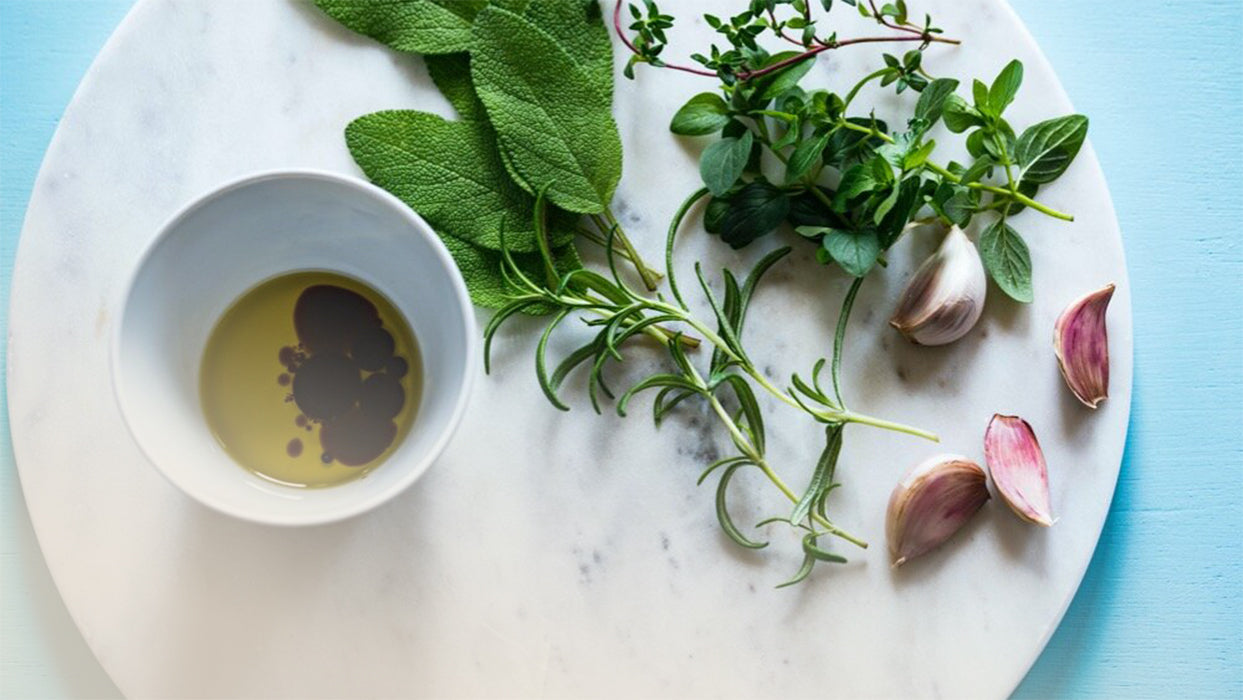
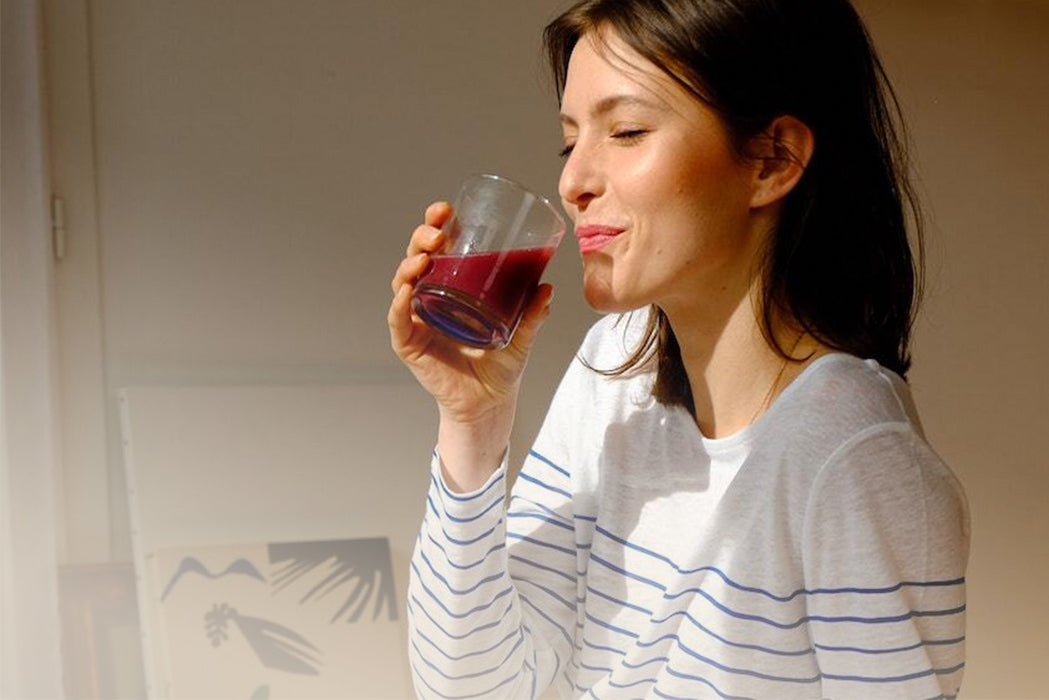
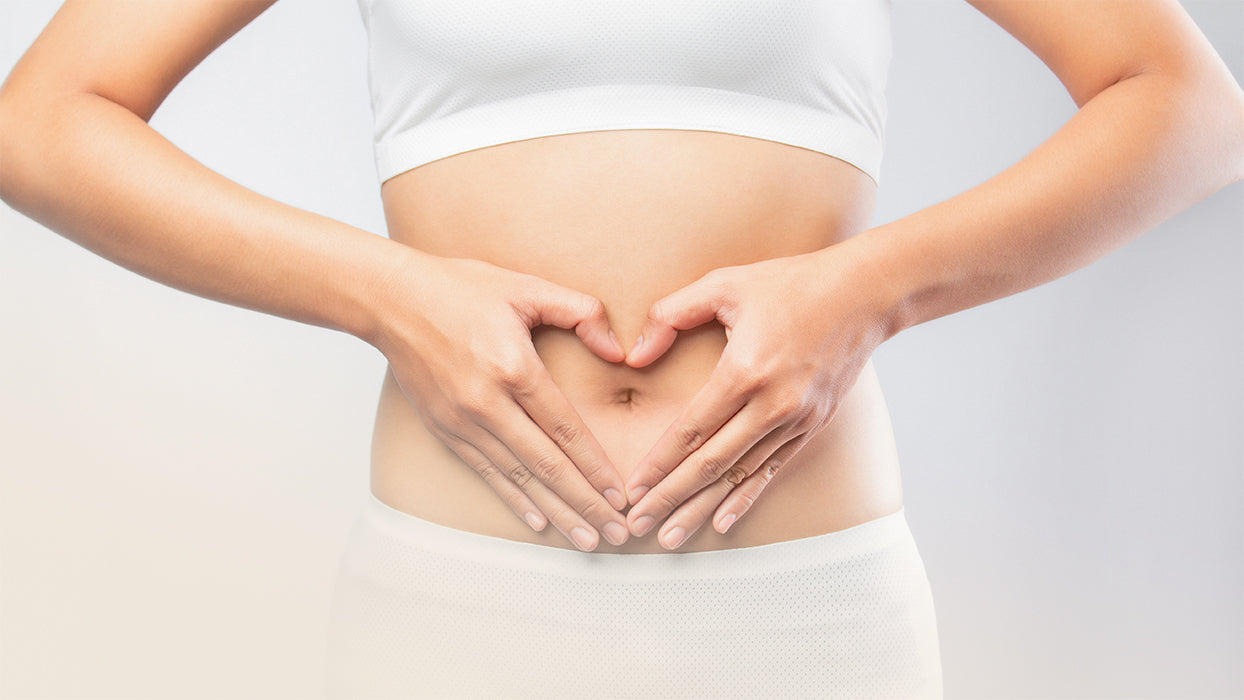
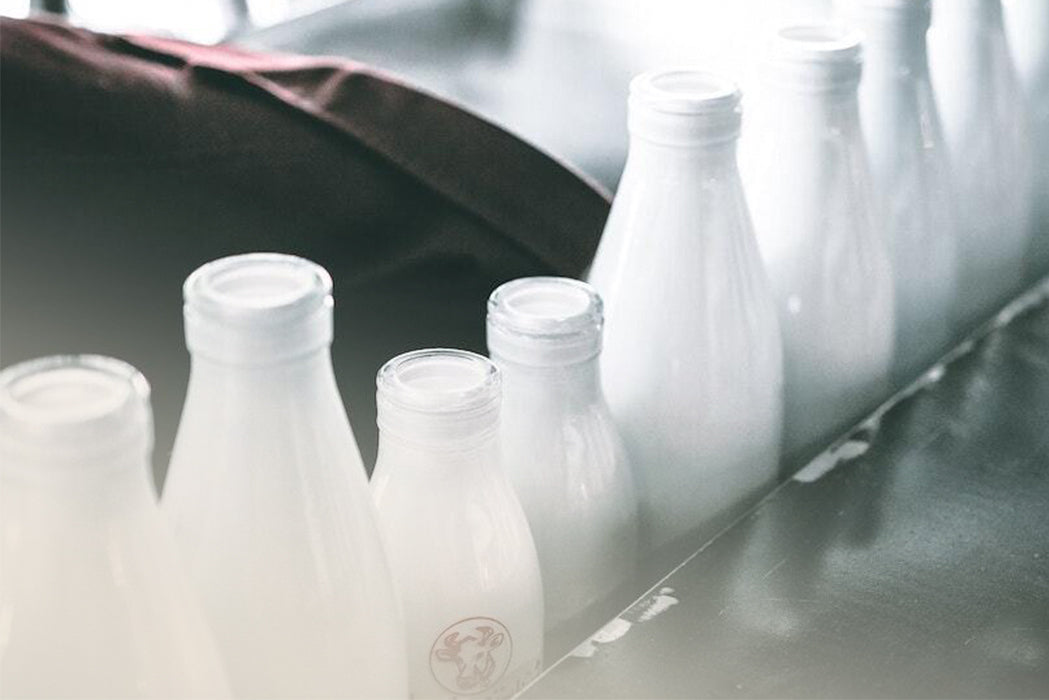
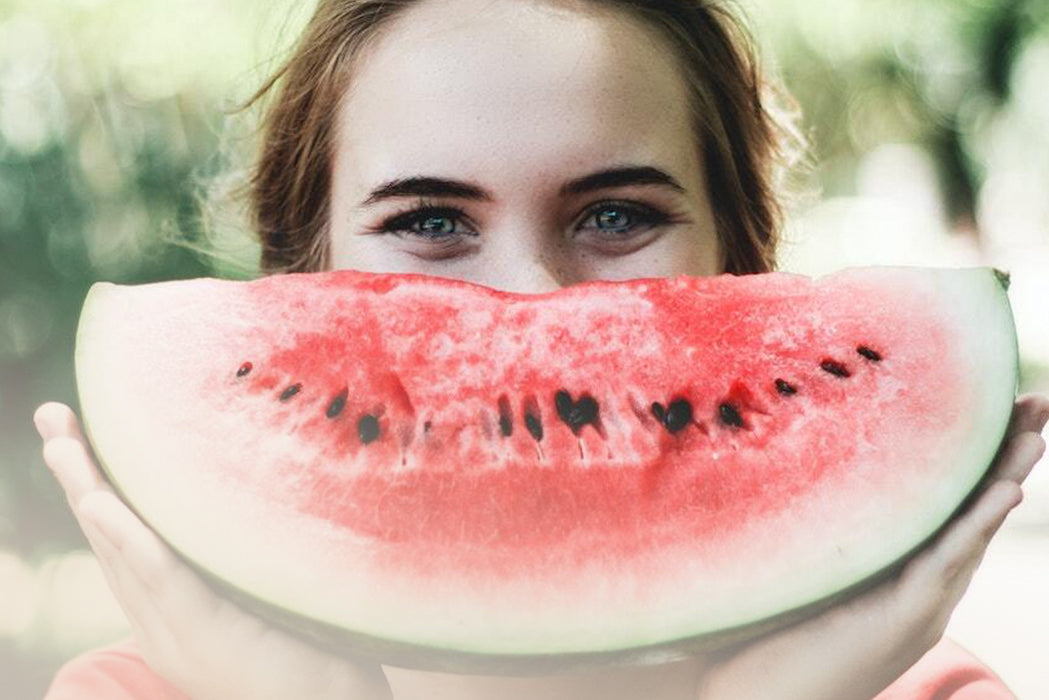
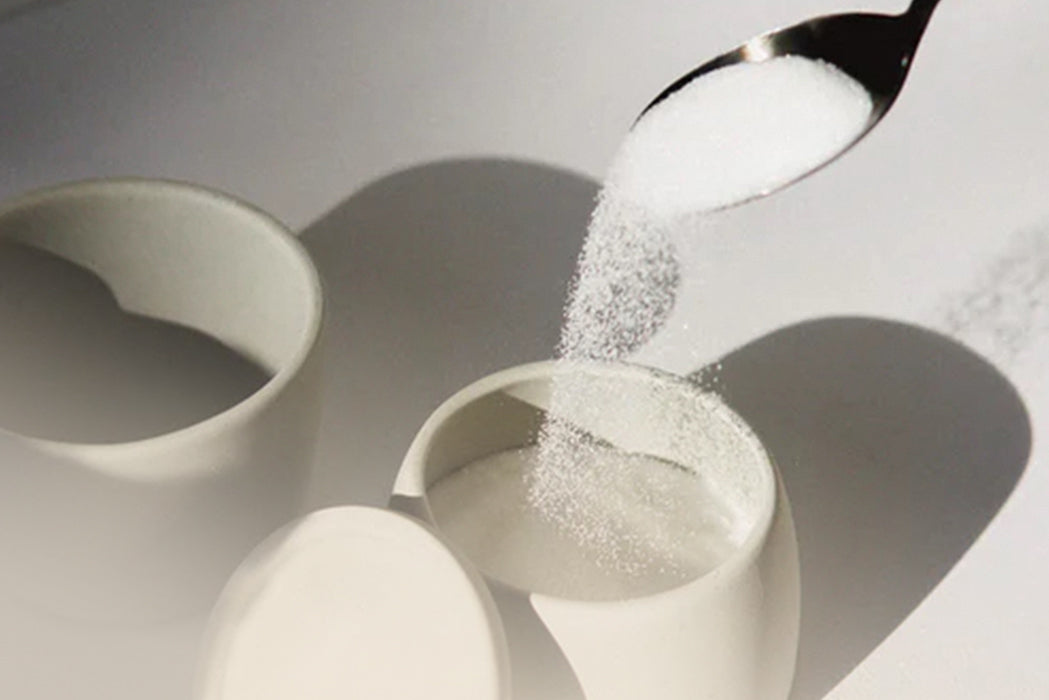
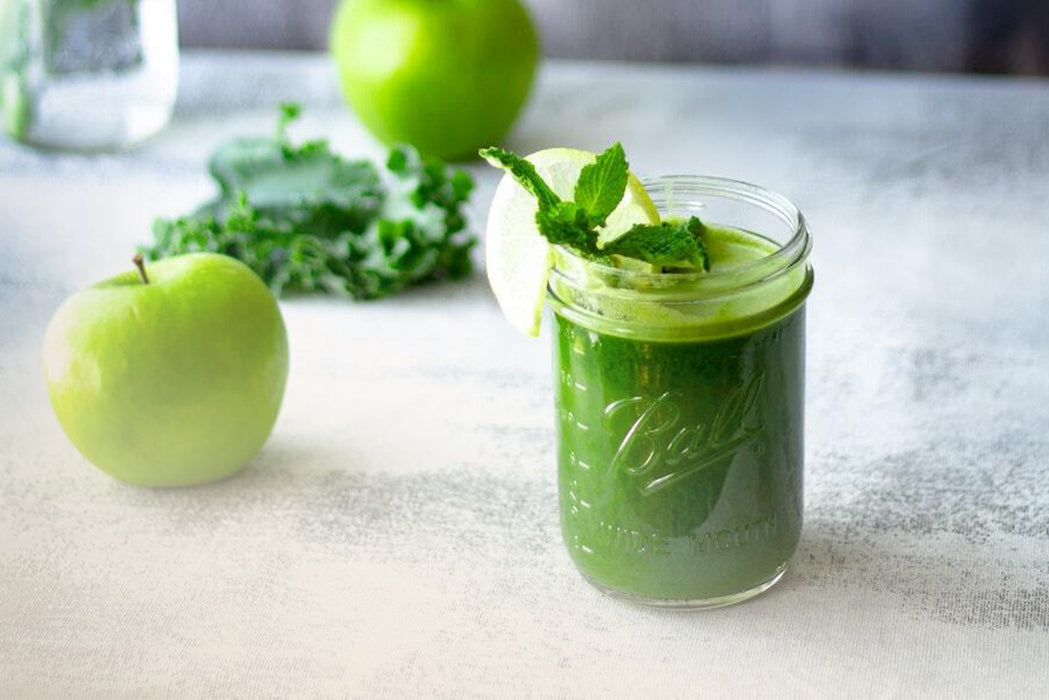
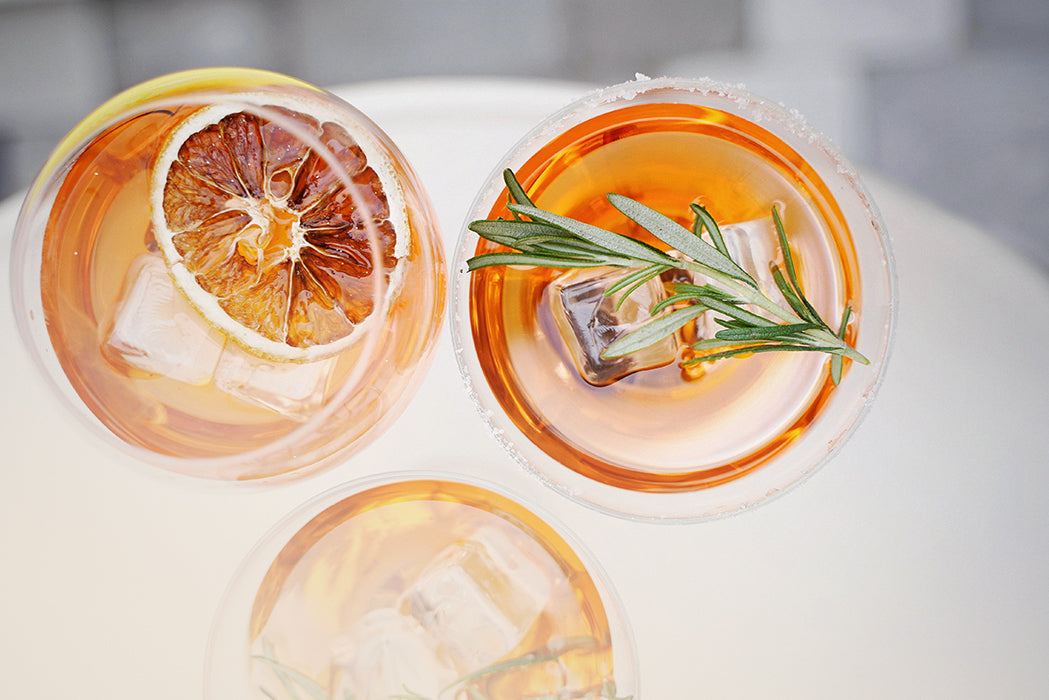
Teilen:
3 comments
SUPER TOLLE Einführung in das Thema. Kurz und trotzdem ausführlich genug.
DANKE … und jetzt gehts los mit der Zweitfermentation ;-D
Die beste Beschreibung überhaupt. Sehr ausführlich und interessant. Danke
Hallo und danke für die ausführlichen Infos.
in meiner Zweitfermentation (pur) entwickelt sich in den Flaschen immer ein Schleimpfropf. Warum und ist der schädlich? Ich bin noch nicht sehr mit dem Brauen des Kombuchas vertraut und hoffe auf eine Antwort.
LG Maria